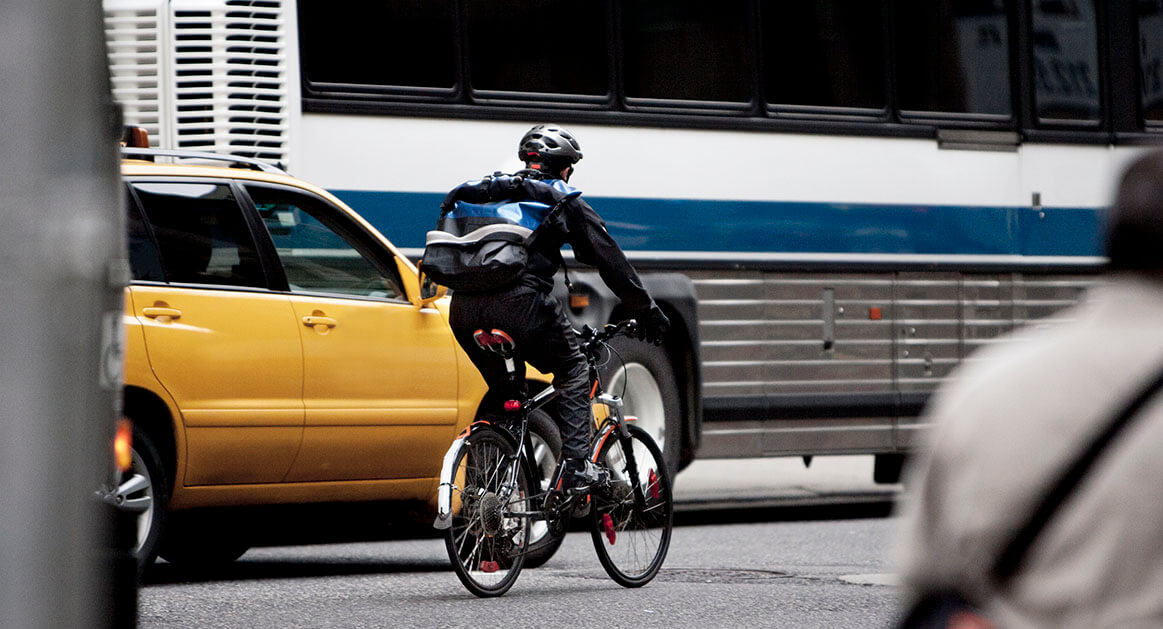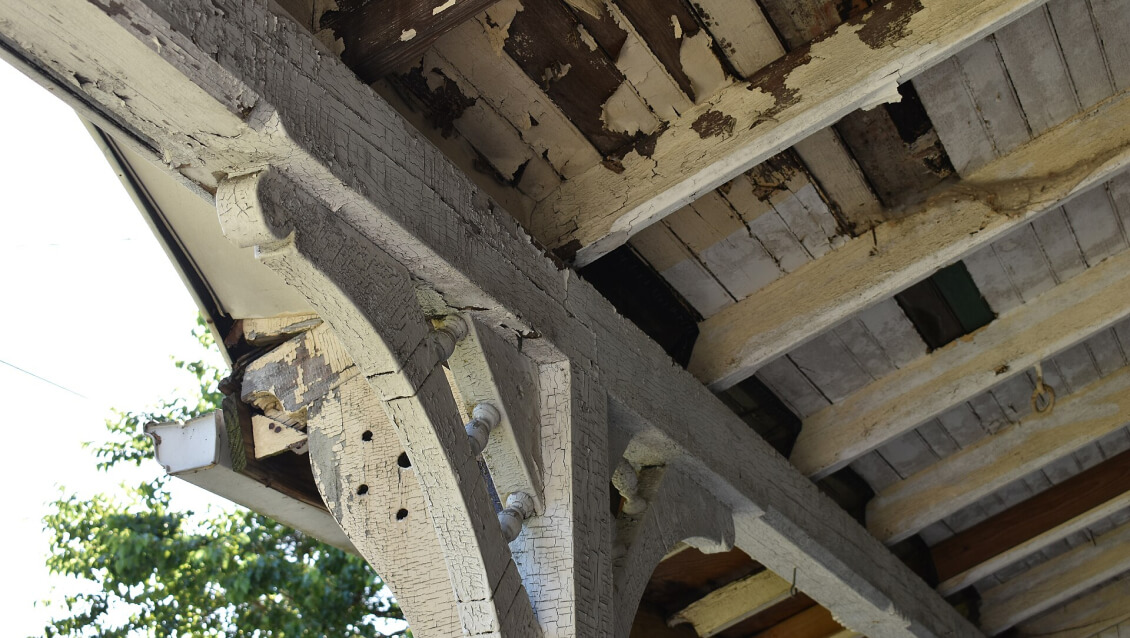With the COVID-19 pandemic raging throughout New York City, most observers have paid more attention to health concerns rather than the tough budgetary cuts the city has recently undertaken.
With tax revenues dropping as a result of people staying at home and businesses closing, the city enacted emergency cuts to help offset the financial damage.
Unfortunately, some of those cuts may put New York cyclists at even greater risk.
Why the City Trimmed Millions from Its Cycling Safety Budget
Among the $1.3 billion in emergency spending cuts recently announced by the de Blasio administration were several cuts related to street and cycling safety. These cuts include:
- $3 million taken from bicycle lane protection projects.
- $4 million from markings and materials associated with Vision Zero. Vision Zero is an expansive street safety project undertaken by New York and other major US cities to profoundly reduce the number of traffic-related deaths on American streets.
- $3 million from Vision Zero public awareness campaigns.
These reductions come at an especially fraught time for local cyclists, who are dealing with some of the worst fatality numbers the city has seen in a decade. More than 20 NYC cyclists were killed in traffic accidents in 2019, while thousands more were injured.
These numbers touched off street protests by cycling advocacy groups (including a 1,000 person die-in at Washington Square Park) and drew promises from de Blasio and other city officials to both devote more resources to street safety. Officials also promised to take a tougher legal stance against motorists involved in negligent accidents. Now, however, funding and attention are waning.
Why Safety Cuts Could Prove Counterproductive
While the COVID-19 pandemic is obviously requiring substantial sacrifices from everyone, some observers believe these cuts are the wrong approach.
As the number of infections in the city rose, New Yorkers began cycling in greater numbers, seeking a refuge from the subway — a close-packed environment highly conducive to virus transmission. CitiBike use rose more than 70% and East River bicycle bridge crossings grew by more than 50% during the city shut down.
As the city reopens and recovers, these elevated cycling rates are likely to remain in place. New Yorkers who wish to avoid buses and the subway will need another, safer option. Additionally, cycling as a whole has been growing in popularity in the New York area over the last decade.
Once the pandemic subsides, cyclists will take to the streets in larger than ever numbers, while the city will simultaneously be spending far less to protect them. Given how dangerous the local streets proved for cyclists last year, this seems like a dangerous proposition.
Cutting funds from protected bike lane projects is especially problematic, as these funds were targeted at some of the most perilous stretches of road in the city.
Many people may view cycling as a recreational activity and a natural place to cut during a pandemic. Yet the truth is that cycling has become a critical spoke in the wheel of New York City transportation. Large numbers of people rely on bikes to commute to work, visit friends and family, shop etc. Instead of cutting $10 million, the city should consider spending more money — or at least maintaining current funding levels — to ensure that cyclists are better protected when we emerge from this pandemic.
Finding the Right Bicycle Accident Attorney
At the Frankel Law Firm, we’ve been fighting for the rights of injured persons for more than 40 years. If you need help, don’t hesitate to reach out to us today at (212) 888-5100 or at frankellawfirm.com. All plaintiff personal injury cases which are accepted are on a contingency basis which means that there will be no attorneys fee unless successful. Given the coronavirus pandemic, we can arrange for a free consultation by FaceTime, Zoom, Skype or WhatsApp. Please feel free to give us a call.
We welcome your legal questions for topically relevant articles in the future. Feel free to compose a question – it may be addressed in future articles. Email Question
Free Case Evaluation
Fill Out The Form Below To Find Out If You Have A Case.
Thank you for contacting us. One of our colleagues will get back to you shortly.



